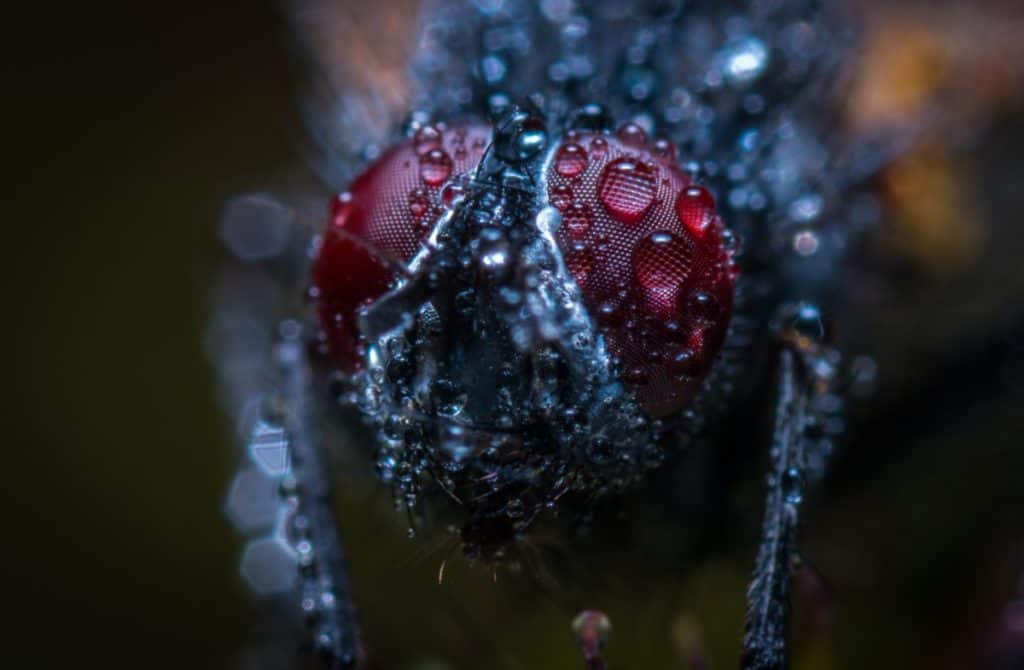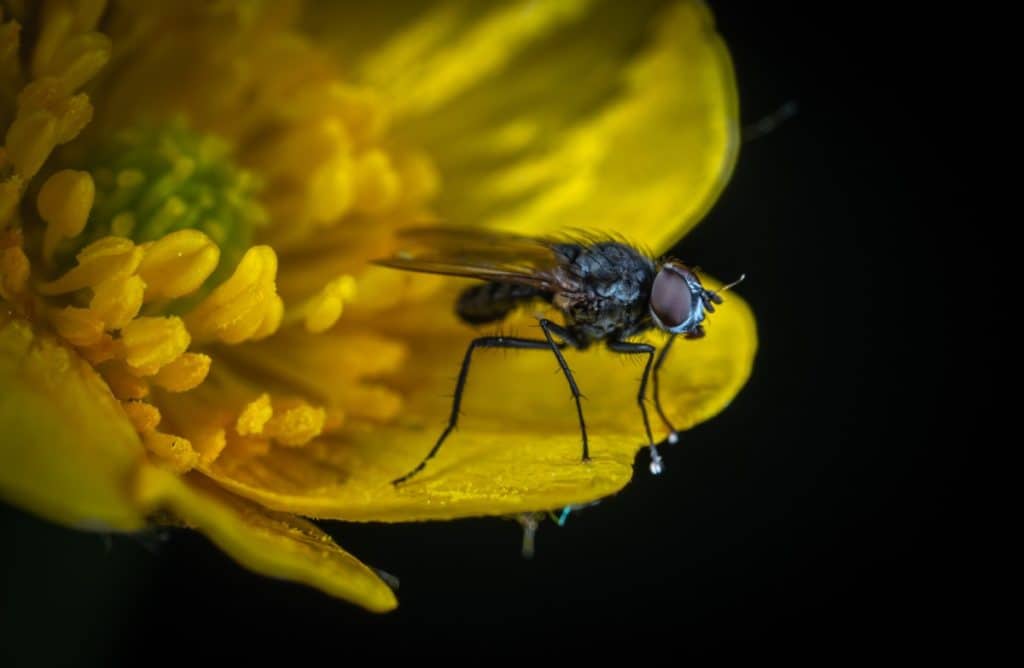
If you want to find out whether a fly can be considered a producer, a consumer, or a decomposer then you’ve come to the right article.
As, in this article, you’ll find the exact answer to this question and I’ll cover the answers to a few more closely related questions as well.
But first, I’ll explain what trophic levels are so, that you’ll get a good understanding of the basics that are present in the food chain.
Trophic levels are categories to which animals and living organisms belong, in the food chain.
These levels or sequential stages are subdivided into producers that belong to the first trophic level, consumers that belong to the second trophic level who eat the producers called the herbivores, consumers that belong to the third trophic level who eat the herbivores called the carnivores or omnivores, and the consumers that eat the carnivores or omnivores that belong to the fourth trophic level called the carnivores.
Also, you have at the absolute top of the food chain, the apex predators who have no common enemies that hunt them.
Producers make their food by combining simple organic compounds such as water, carbon dioxide, and light energy from the sun to produce food informed by sugar through a process known as photosynthesis.
Consumers are living organisms that consume plant-based or meat-based foods to survive.
Consumers are also divided into three groups: herbivores (feed on plants), carnivores (feed on meat), and omnivores (feed on both plant-based and meat-based foods).
Generally, decomposers are made up of invertebrates such as bacteria, fungi, and insects.
They are all living organisms that get the survival energy from not only consuming dead plants and animals but also through the breakdown of other animal waste.
Is A Fly A Producer, A Consumer, or A Decomposer?
Flies do not make their food, so they cannot be identified as producers like plants can.
However, besides feeding on plants, flies also consume dead plants and animals to obtain energy, hence they can be categorized as both consumers and decomposers.
Flies, for example, love consuming sugar which the video below will show.
Is a dragonfly a producer, a consumer, or a decomposer?
A dragonfly’s diet comprises plants and plant waste supplemented with small insects such as aphids, which feed on plants, or mosquitos that feed on human blood.
This leads us to conclude that dragonflies can be categorized as consumers and decomposers but not as producers.
Is a fruit fly a producer, a consumer, or a decomposer?
Consumers retrieve their energy from plant-based foods, meat-based foods, or a combination of the two.
Dragonflies sometimes get their energy from decaying plants as well.
However, they supplement by feeding on smaller insects.
Since they feed on producers and consumers, they certainly qualify to fall under the category of consumers and decomposers but are, therefore, not considered producers.
Is a housefly a producer, a consumer, or a decomposer?
Houseflies are typically general feeders, meaning they can feed on everything ranging from food such as fruits and vegetables to animal substances such as animal flesh.
Houseflies are unable to produce food, therefore, they are not seen as producers.
Houseflies instead are categorized in the consumers and decomposers group.

Is a fly a primary consumer?
Consumers are categorized into four distinct groups, primary consumers, secondary consumers, tertiary consumers, and quaternary consumers.
Primary consumers are herbivores or autotrophs that feed on only plants to obtain energy.
For instance, cows and goats make good examples of these primary consumers.
Flies are considered primary consumers because they mainly eat primary producers.
Check out the video below if you want to find out what happens when a fly lands on your food.
Is a fly a secondary consumer?
Secondary consumers feed on the primary consumers (which makes them carnivores or omnivores).
Since secondary consumers obtain their energy from feeding on primary consumers such as rabbits and deer, flies certainly can’t be grouped under the secondary consumers’ level.
However, flies will eat decaying animal flesh from time to time which makes them secondary consumers in some way but they won’t actively hunt primary consumers.
Is a fly a tertiary consumer?
Tertiary consumers are often the top predators in the food chain, meaning they are “untouchable” and no other animal will actively hunt them.
This is why flies cannot be grouped under tertiary consumers as they are not at the top of the chain based on their predation.
In some ways though, flies can be seen as tertiary consumers as they’ll eat the decaying flesh of secondary consumers from time to time but then again flies won’t actively hunt secondary consumers.
Is a fly a quaternary consumer?
Quaternary consumers are the apex predators or top predators with no natural enemies in the ecosystem.
A good example is a shark, lion, or polar bear.
Flies do not belong to this category since they have their enemies which are, for example, frogs, chameleons, and lizards.
Is a fly a herbivore?
Herbivores are animals that only feed on plant-based foods.
Flies aren’t considered to be herbivores because, however, they mainly will eat plant-based foods, they will sometimes also eat meat-based foods.

Is a fly a carnivore?
A good example of a carnivore is a crocodile as crocodiles will solely eat meat-based foods.
Flies, on the other hand, feed on dead decaying matter and plant-based foods which makes them unable to be categorized as carnivores.
Is a fly an omnivore?
Flies have evolved to consume dead-decaying matter, including meat, vegetables, fruits, and feces.
Flies are, therefore, indeed seen as omnivores as they eat both meat-based and plant-based foods.
Are flies detritivores?
Detritivore is a term used to refer to organisms that obtain their nutrition by mainly consuming plant detritus.
But detritus also refers to decaying matter such as dead animals and other plant materials.
Flies are known to feed on both plant detritus, and dead decaying organisms such as animal carcasses through oral ingestion, hence they fall into the category of detritivores.
Other good examples of detritivores include beetles, snails, earthworms, and insects.

